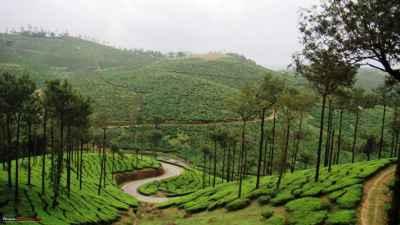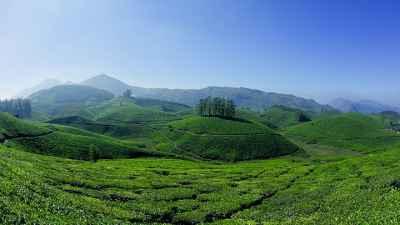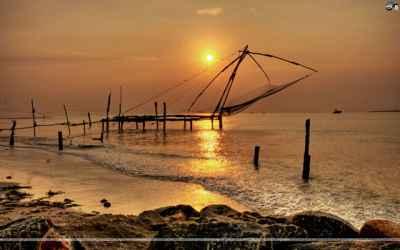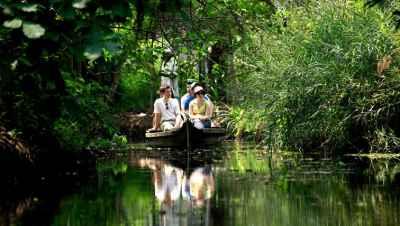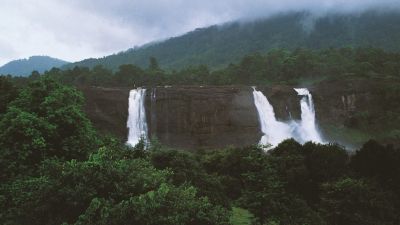The Stone Quarries of Kerala: Landscapes Carved in Stone
The state of Kerala in India is known for its natural beauty and diverse landscapes. From lush greenery to pristine backwaters, Kerala offers something for every traveler. However, one aspect of Kerala's landscape that often goes unnoticed is its stone quarries. These quarries, hidden away in the hills and valleys, are a testament to the state's rich history and craftsmanship.
History and Significance
The stone quarries of Kerala date back to ancient times when the region was ruled by various dynasties and empires. The abundance of natural stone in the region made it a prime location for quarrying and carving. The stone quarries were a source of livelihood for the locals and played a crucial role in the construction of temples, palaces, and other architectural marvels.
One of the most famous stone quarries in Kerala is the Guruvayurappan Temple Quarry, located in Thrissur district. This quarry has been in operation for centuries and has supplied stone for the construction of several temples in the region. The intricate carvings and sculptures found in these temples are a testament to the skill and craftsmanship of the artisans who worked with the stone.
Types of Stone
Kerala is home to a variety of stones, each with its own unique characteristics and uses. Some of the most commonly quarried stones in Kerala include:
- Laterite: This red-hued stone is abundantly found in Kerala and is used extensively in construction. Its durability and weather-resistant properties make it ideal for both interior and exterior applications.
- Granite: Known for its strength and durability, granite is often used for flooring, countertops, and sculptures. Many of the famous stone temples in Kerala are made of granite.
- Marble: Although not as commonly found as laterite and granite, marble is also quarried in certain parts of Kerala. It is often used for decorative purposes and adds a touch of elegance to any space.
Quarrying Process
The process of quarrying in Kerala is a labor-intensive one that involves several steps. First, the area where the stone is located is identified, and the necessary permits and permissions are obtained. Then, the actual quarrying begins, with tools such as chisels and hammers used to extract the stone from the earth.
Once the stone is extracted, it is transported to a workshop where it is cut and shaped according to the desired specifications. Skilled artisans then work their magic, carving intricate designs and patterns into the stone. Finally, the finished products are distributed to various buyers, including construction companies, architecture firms, and individual customers.
Impact on the Environment
While stone quarrying plays a significant role in the economy of Kerala, it is not without its environmental impact. Quarrying can lead to deforestation and soil erosion, as well as pollution of nearby water bodies. However, efforts are being made to mitigate these effects through the implementation of sustainable quarrying practices and reforestation initiatives.
Conclusion
The stone quarries of Kerala are more than just sources of building materials. They are a living testament to the rich cultural heritage and craftsmanship of the region. As travelers explore the natural beauty of Kerala, it is worth taking a moment to appreciate the landscapes carved in stone and the artisans who continue to keep this ancient tradition alive.
Are you fascinated by the stone quarries of Kerala? Share this blog post with your fellow travelers and let them know about this hidden gem in the state's landscape.
Disclaimer : The information provided in this blog is for general informational purposes only. While we strive to keep the content accurate and updated, TravelSetu assumes no liability for errors or omissions. If you believe any part of this blog infringes your rights or causes concern, please notify us immediately at info[at]travelsetu[dot]com so that appropriate action can be taken.


